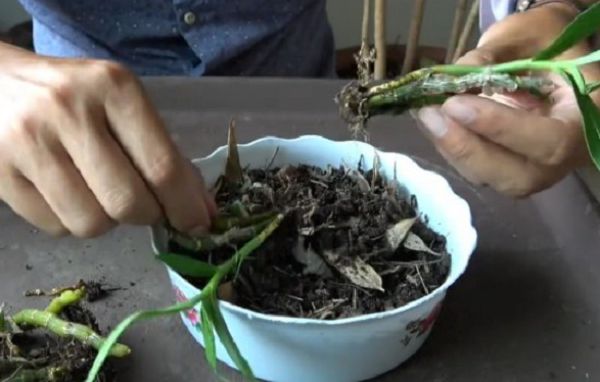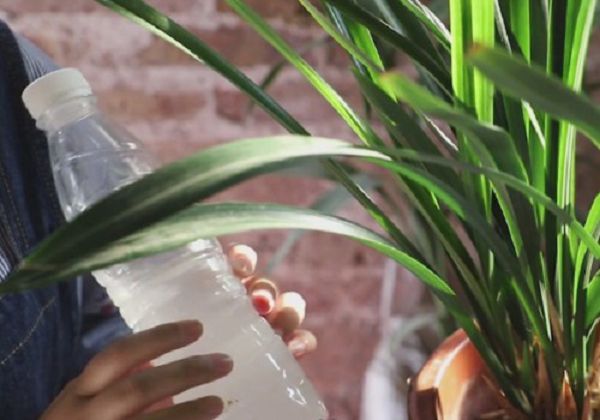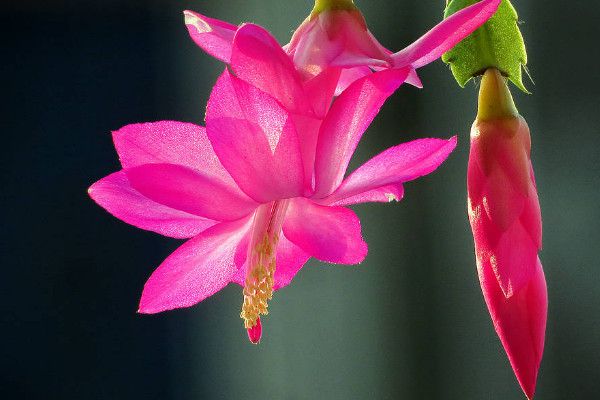Can the high buds of Dendrobium be removed?

Dendrobium prefers a warm, humid, well-ventilated growth environment, which is more shady and not resistant to direct light. In the wild, it usually grows on the bark of a large trunk, or in stone crevices. It can be seen that Dendrobium is not only a kind of plant with strong vitality, but also an epiphytic plant. Because of its high edible and medicinal value and good ornamental value, it has doubled its economic value, so it has been highly sought after by people since ancient times.
But Dendrobium is also a kind of succulent root plant, which is more tolerant to drought but not resistant to waterlogging, and generally absorbs and supplies nutrients through the root system in the plant. When the absorptive capacity of the root decreases, it is easier for the plant to grow high buds from the stem and white air roots from the high bud base.
The plant absorbs nutrients, water and oxygen from the air through these air roots, thus ensuring that the high buds can continue to grow. However, the growth of high buds is also a sign of poor growth, and keeping it on the stem of Dendrobium will only consume nutrients from the mother plant, which will often accelerate the death of the mother plant when the root of the mother plant is uncomfortable.
In this case, some potted friends may think of using these high buds to transplant and propagate new potted seedlings of Dendrobium. If we can, then we will naturally make full use of resources to avoid waste, but also reduce the burden of the mother plant, avoid causing greater losses to us.
For the treatment of these high buds, we can cut them off and throw them away, but that is a waste of resources, after all, Dendrobium is full of treasures. It is generally picked and used as an ingredient or tea, but this is not the only use. We can usually transplant it into a pot to cultivate new and more potted plants of Dendrobium.
However, it is generally necessary to wait until the roots of these high buds grow to more than 2 cm before transplanting, so that the survival rate is higher. And even so, we do not want the normal growth of tiger Pilan to grow high buds, which is a more dangerous signal for Dendrobium. Even if we transplant and propagate the high buds, we also need to change the planting material for the mother plant in time. After all, when there is something wrong with the plant material, it will grow high buds only when it becomes unsuitable for the growth of the mother plant.
Related
- Fuxing push coffee new agricultural production and marketing class: lack of small-scale processing plants
- Jujube rice field leisure farm deep ploughing Yilan for five years to create a space for organic food and play
- Nongyu Farm-A trial of organic papaya for brave women with advanced technology
- Four points for attention in the prevention and control of diseases and insect pests of edible fungi
- How to add nutrient solution to Edible Fungi
- Is there any good way to control edible fungus mites?
- Open Inoculation Technology of Edible Fungi
- Is there any clever way to use fertilizer for edible fungus in winter?
- What agents are used to kill the pathogens of edible fungi in the mushroom shed?
- Rapid drying of Edible Fungi



